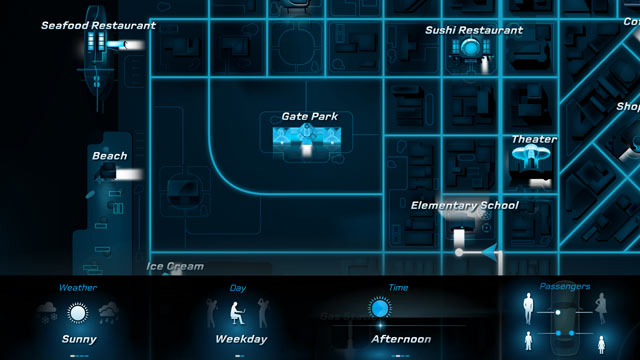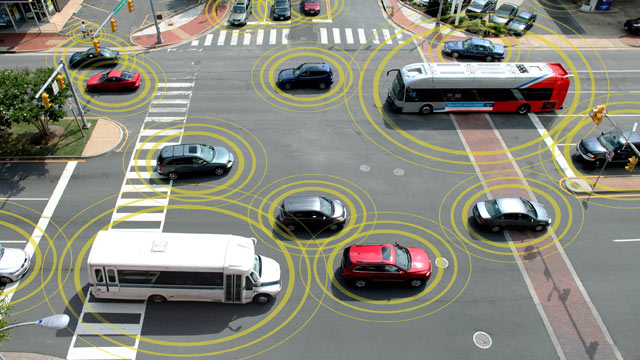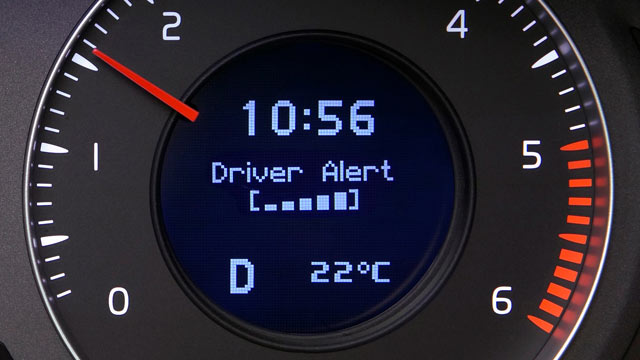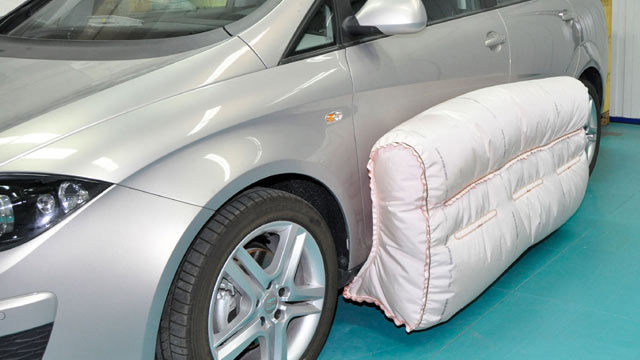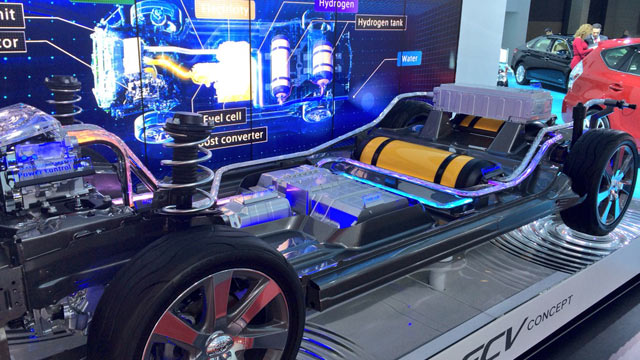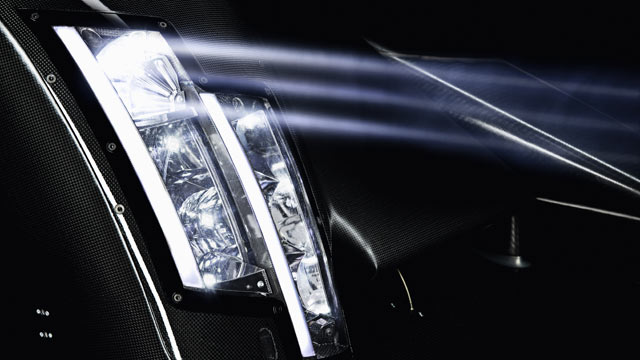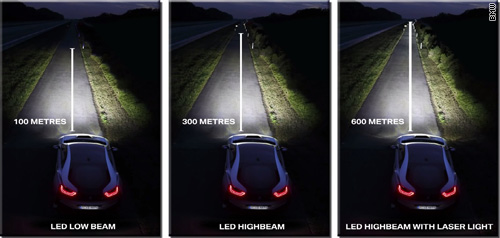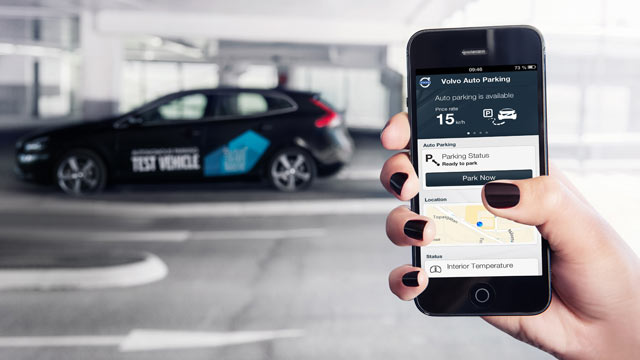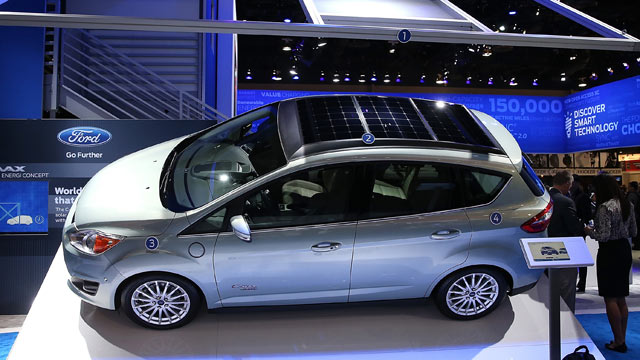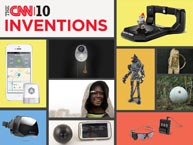By Peter Valdes-Dapena, CNNMoney
Thanks to on-board computers that operate everything from the stereo and navigation to the brakes and accelerator, the era of "big data" is coming to the automobile.
Like their deskbound brethren, these rolling computers produce an enormous amount of data – mostly about people's behavior behind the wheel – that can be analyzed to spot trends and fight inefficiencies. And thanks to this data, your car may soon know where you want to go before you even pull out of the driveway.
Mercedes-Benz is developing a system that over time promises to learn your schedule, tastes and even your moods. For example, it knows that you leave the house every weekday at 7:30 a.m. to take your kids to school and that you like the cabin a toasty 75 degrees. Based on GPS and satellite data, it quickly learns your preferred routes and tracks real-time traffic problems, so it can suggest detours to help you save time.
The car can even tune the radio to the Disney channel until you drop off the kids, at which time it will recommend NPR. In the afternoons, it knows you usually prefer hip-hop.
"It's almost like the car's becoming aware," says M. Bart Herring, general manager for products for Mercedes-Benz. "Because it can make really smart decisions."
Ford has developed a system for its hybrid cars that tracks where and how an owner drives each day to maximize fuel economy. That data can be used to alter how the hybrid system behaves -- when the gasoline engine comes on to generate power, and when the car runs on electricity only -- to get the most driving range. For example, if your car recognizes you're almost home, it will switch over to electric power knowing you'll soon be able to recharge the battery.
This all happens without the driver having to punch in a destination on the car's GPS. The car will simply have learned that when you get in your car at 8 a.m. on a Tuesday you are almost certainly about to take the same route you take every Tuesday at that time.
Of course, all this data about motorists' whereabouts raises concerns about privacy, especially if automakers were to sell that data to marketers. A report last month by the Government Accountability Office found that carmakers do not appear to be sharing any location data that would personally identify drivers, although the automakers' privacy practices remain confusing.
Meanwhile, many new vehicle models today have sensors connected to the pedals and steering wheel that detect exactly what you're doing with those controls, while separate sensors connected to the wheels and engine detect what the car is doing in response.
That information is stored in an event data recorder, sometimes called a "black box." It's different from a "black box" in an airliner because it doesn't record the car's position or conversations inside the passenger compartment. But it is continually recording everything the driver does with the controls.
In the event of a crash, it stops recording and preserves that last few seconds of activity. With a court order, police, attorneys and insurance companies can collect that data to see whether a driver was speeding or failed to take evasive action to avoid a wreck.
Progressive, the insurance company, has found that how you use your brakes -- specifically, whether you tend to make short, sudden stops or longer, gentle ones -- can be an excellent predictor of whether you're likely to file insurance claims.
That's why Progressive's Snapshot tool, a device that taps into your car's computer systems, monitors only your braking behavior. That's enough for the auto insurer to decide whether you deserve a break on your insurance premiums. (Hint: Gentle braking will save you money.)
So, the next time you buy a new car, remember: While you're getting to know how your new ride handles itself on the road, your car is also getting to know you.
